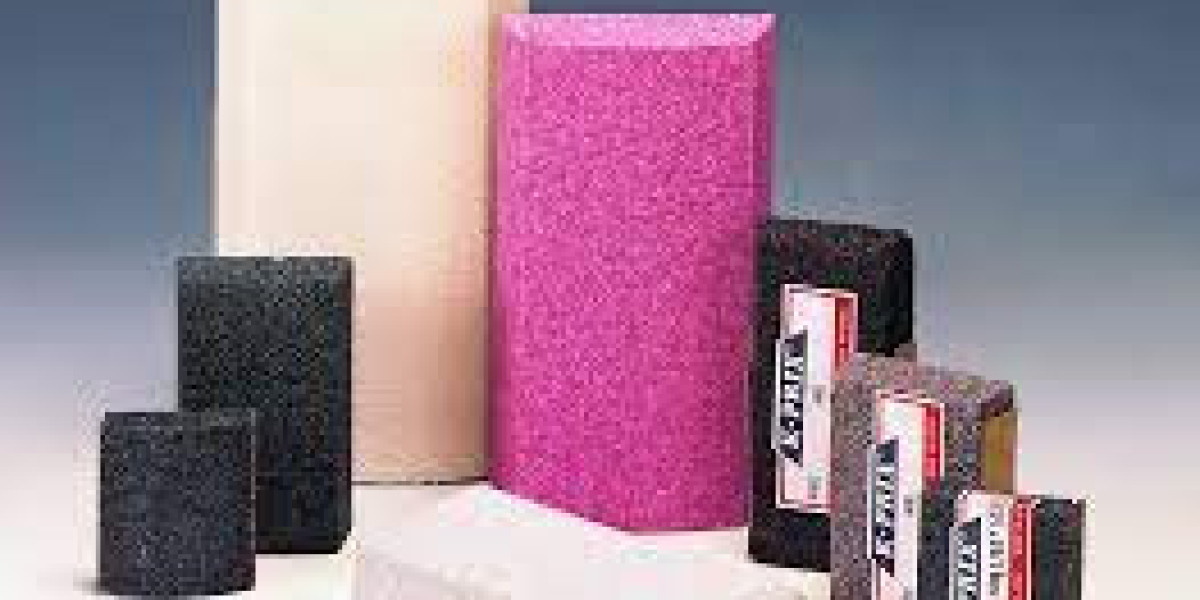Grinding segments play a pivotal role in the realm of abrasive machining, offering precision, efficiency, and versatility in material removal processes. These segmented tools are integral components of surface grinding and cylindrical grinding operations, providing tailored solutions for achieving desired surface finishes and dimensional accuracies across a wide range of workpiece materials. Let's delve deeper into the world of grinding segments to understand their construction, applications, and advantages.
Construction and Composition
Grinding segments consist of abrasive grains bonded together by a matrix material, typically resin, metal, or vitrified ceramic. These segments are arranged in a geometric pattern, forming a grinding wheel or disc. The composition and arrangement of segments vary depending on the intended application and the properties of the workpiece material.
Applications and Industries
Grinding segments find applications across diverse industries, including automotive, aerospace, manufacturing, and construction. They are utilized for surface grinding, cylindrical grinding, and precision machining tasks, such as stock removal, surface finishing, and dimensioning.
In automotive manufacturing, grinding segments are employed for precision grinding of engine components, transmission parts, and brake rotors to achieve tight tolerances and smooth surface finishes. In aerospace applications, they play a critical role in shaping and finishing turbine blades, aircraft engine components, and structural elements with exceptional accuracy and repeatability.
Moreover, grinding segments are indispensable in the construction industry for grinding concrete, stone, and masonry materials. They are utilized in surface preparation tasks, such as leveling uneven surfaces, removing coatings, and smoothing rough concrete substrates prior to installation of flooring materials.
Advantages and Benefits
The use of grinding segments offers several advantages over traditional grinding methods:
Precision and Consistency: Grinding segments provide precise control over material removal rates, surface finishes, and dimensional accuracies, ensuring uniformity and consistency in the finished workpieces.
Efficiency and Productivity: By optimizing cutting parameters and tool geometries, grinding segments enhance productivity by reducing cycle times and increasing material removal rates, thereby maximizing throughput in manufacturing processes.
Versatility and Adaptability: With a wide range of segment shapes, sizes, and abrasives available, grinding segments offer versatility to accommodate various workpiece geometries, materials, and machining requirements, making them suitable for diverse applications across multiple industries.
Cost-effectiveness: Grinding segments are cost-effective solutions for material removal and surface finishing tasks, offering long tool life and minimal maintenance requirements, which contribute to overall operational efficiency and reduced production costs.
In conclusion, grinding segments are indispensable tools in abrasive machining, offering precision, efficiency, and versatility in a wide range of industrial applications. With their advanced designs, materials, and manufacturing techniques, grinding segments continue to drive innovation and excellence in surface grinding and precision machining processes, enabling manufacturers to achieve superior quality, productivity, and competitiveness in today's dynamic marketplace.


